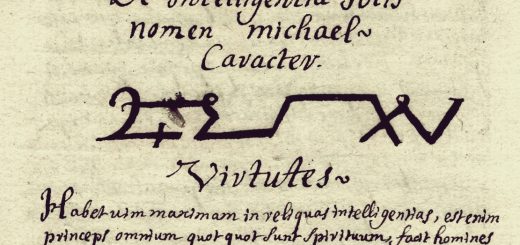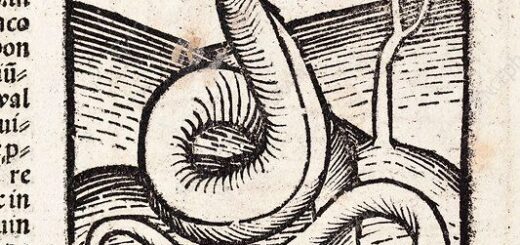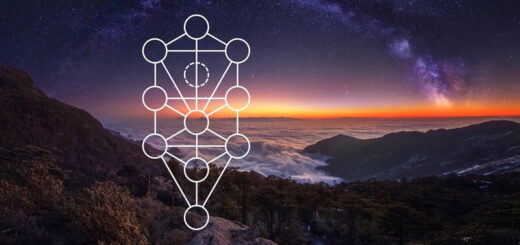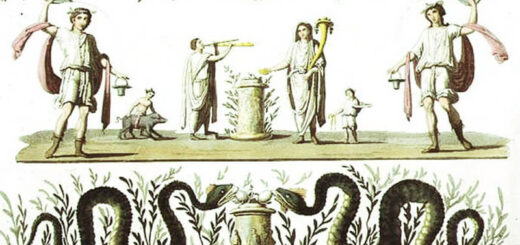Theurgy: Bridging the Divine Realm with Human Aspiration
Theurgy, a term derived from ancient Greek (theos meaning god and ergon meaning work), emerges as a form of magic with noble aspirations, aiming to establish communication between humans and “good spirits” while invoking supernatural powers for the commendable purpose of attaining divine proximity. In contrast to goetia, theurgy offers a spiritual and ritualistic approach to achieve higher levels of understanding and connection with the divine.
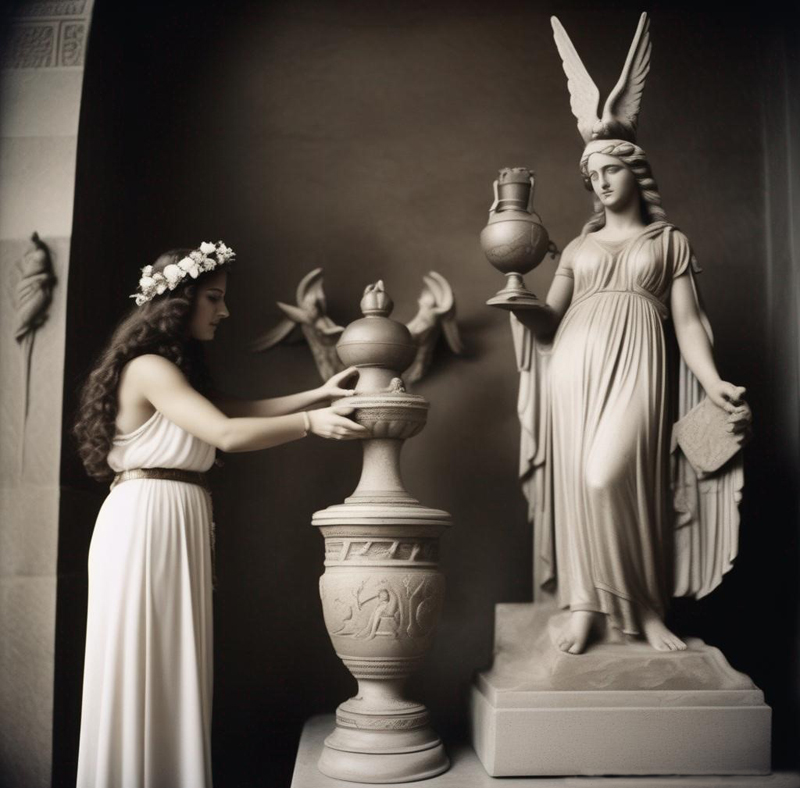
Profound Definitions
According to Proclus, a philosopher of antiquity, theurgy is a power transcending all human wisdom, encompassing benevolent divination, the purifying virtues of initiation, and all manifestations of divine possession. André-Jean Festugière emphasizes that theurgy is not merely an intellectual elevation towards the divine but rather a religious system involving concrete rites and material objects. Pierre A. Riffard completes these definitions by describing it as a form of magic that enables connections with benevolent celestial powers, whether to see them, know them, or act upon them.
Concepts and Theurgic Balance
Theurgy presents itself as a practical application of laws, extending from dense matter to the highest degrees of the spirit. Adherents believe that it opens a royal path to evolution by placing humans in direct contact with universal consciousness. The theurgic dimension is described as vertical, avoiding extremes to maintain a dynamic balance between humans and the divine. In this middle ground, cooperation between humans and God becomes a performative act, where one’s call is heard, responding to the aspirations of the other.
Historical figures such as Apollonius of Tyana, Julian the Theurgist, Jamblichus, and others have practiced theurgy, each bringing their unique understanding of this discipline.
Expanding the Definition of Theurgy
The classical definition of theurgy is often too narrow, excluding traditions such as medieval Kabbalah, recognized by some experts as falling within the domain of theurgy. Its roots delve deep into the Merkabah of ancient initiates long before the Neoplatonic theurgy of Jamblichus. Even contemporary Christian thinkers, such as the Orthodox theologian Lossky, claim continuity with ecclesial theurgy.
Diversity of Theurgical Types
Theurgy comes in different categories, including symbolic or ceremonial theurgy. The former relies on practices like prayer, silence, and catharsis, while the latter uses symbols, formulas, incantations, and fumigations. An ancient dispute between Porphyry of Tyre and Jamblichus illustrates the divergence between a philosophical approach and an operative approach to theurgy.
Another possible classification is between ascending and descending theurgy. The former aims to elevate the human soul towards the Spirit of God or other spiritual entities, while the latter seeks to bring the divine into humans or material objects.
Finally, theurgy can be direct or indirect. The former leads the theurgist to a direct revelation, such as a mystical experience, while the latter involves the divine presence revealed indirectly through material objects or mediums.

The Mithraic theurgy
The Mithras Liturgy, hailing from ancient Egypt and dating to the early 4th century, is a fascinating religious-magical text. It engages in theurgy, a form of magic that seeks to magically influence the gods to draw nearer to the divine. Preserved within the Greek magical papyri, specifically in the Coptic-Greek codex IV spanning lines 475 to 834, this text reflects the work of a skilled magician who drew inspiration from at least two older texts, potentially dating back to the 2nd century. Additional sources were tapped to weave in magical spells, marking this relatively lengthy composition with a pragmatic rather than theoretical intent.
This intricate text unfolds the magician’s journey through celestial spheres, culminating in the highest realm—the luminous domain of the god Mithras. The cosmological framework it embraces deviates from the conventional seven planetary spheres, presenting a trinity:
- The material, earthly sphere,
- The ethereal, cosmic sphere, and
- The noetic or super-cosmic sphere.
Rooted in Platonism, this model establishes the first sphere as bounded by the moon (Selene, Hecate). Progressing to the second sphere, the magician encounters the winds and the seven classical planets, symbolically represented as gods, with the sun (Helios) marking its boundary. Herein, the magician earns the privilege to proceed to the third sphere—the realm of the noetic sun, embodied by Mithras. Notably, the moon is conspicuously omitted from the plea for permission, a departure from other magical texts. This exclusion is posited as the author’s perspective on the moon being associated with negativity, harboring demons and the threads of fate on Earth. Consequently, the author advocates conducting the magical ritual when the moon is absent from the night sky, preferably preceding the new moon.
In conclusion, theurgy reveals itself as a complex quest, embracing various perspectives and approaches but always guided by humanity’s noble aspiration to commune with the divine. Each practice, classification, and theurgist contributes to the richness of this millennia-old tradition, enabling humanity to unravel the mysteries of existence and transcend the limits of tangible reality.
You may also like to read




